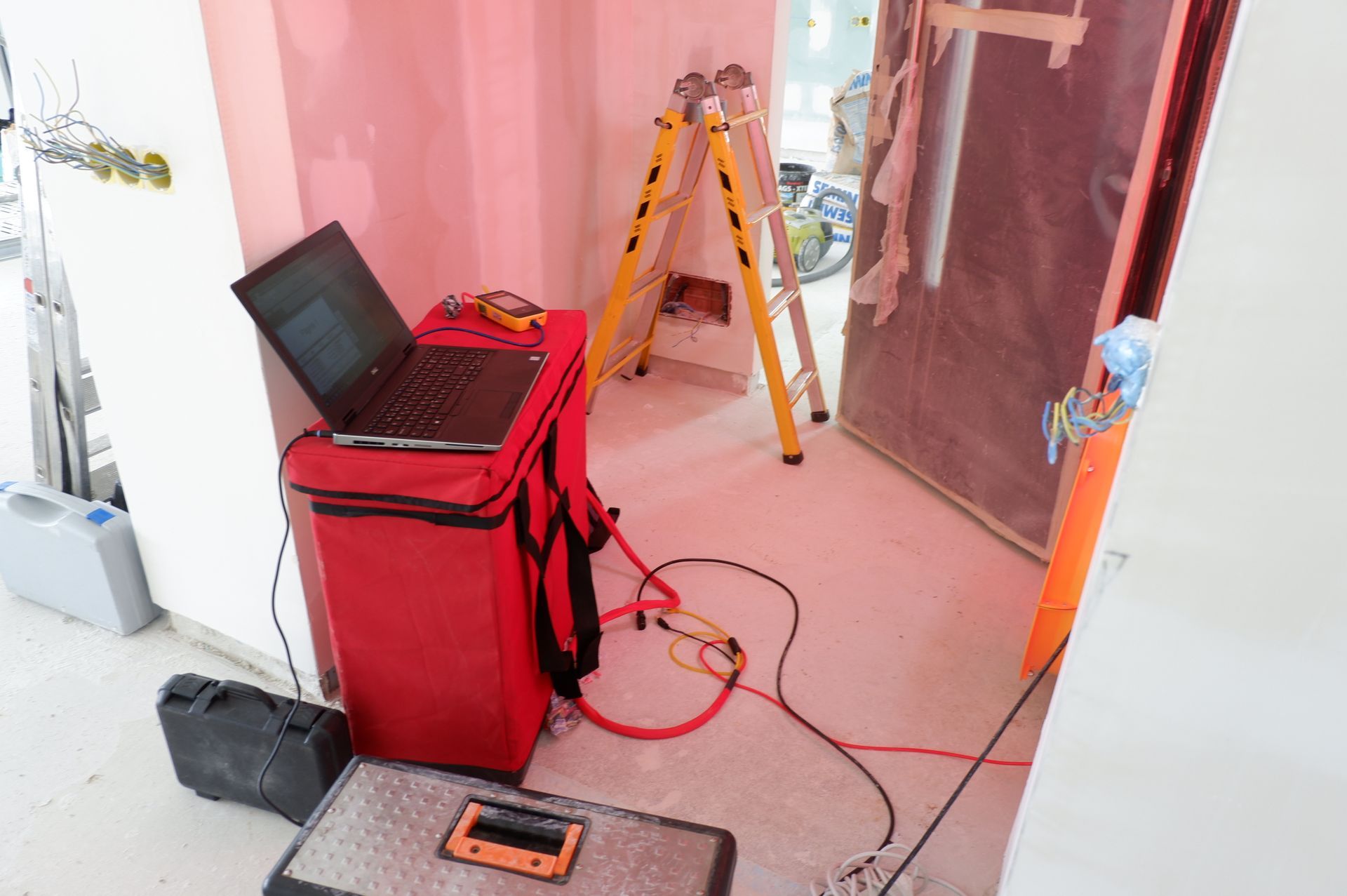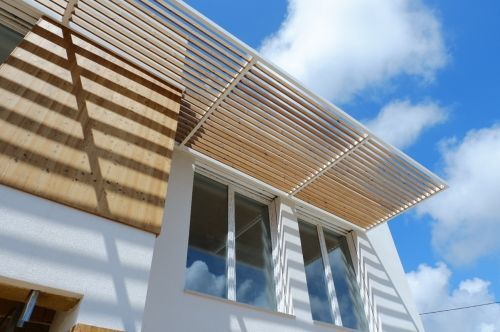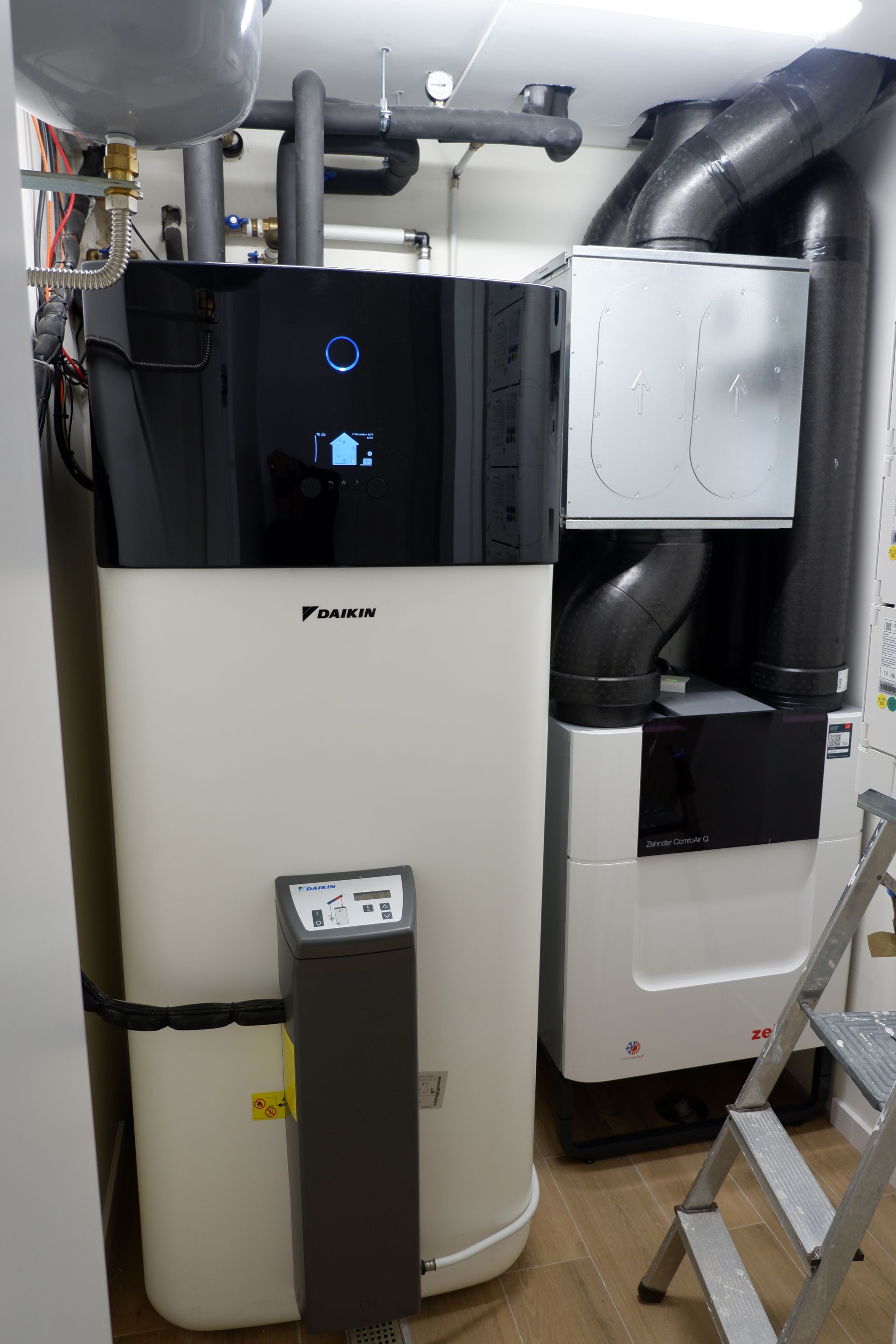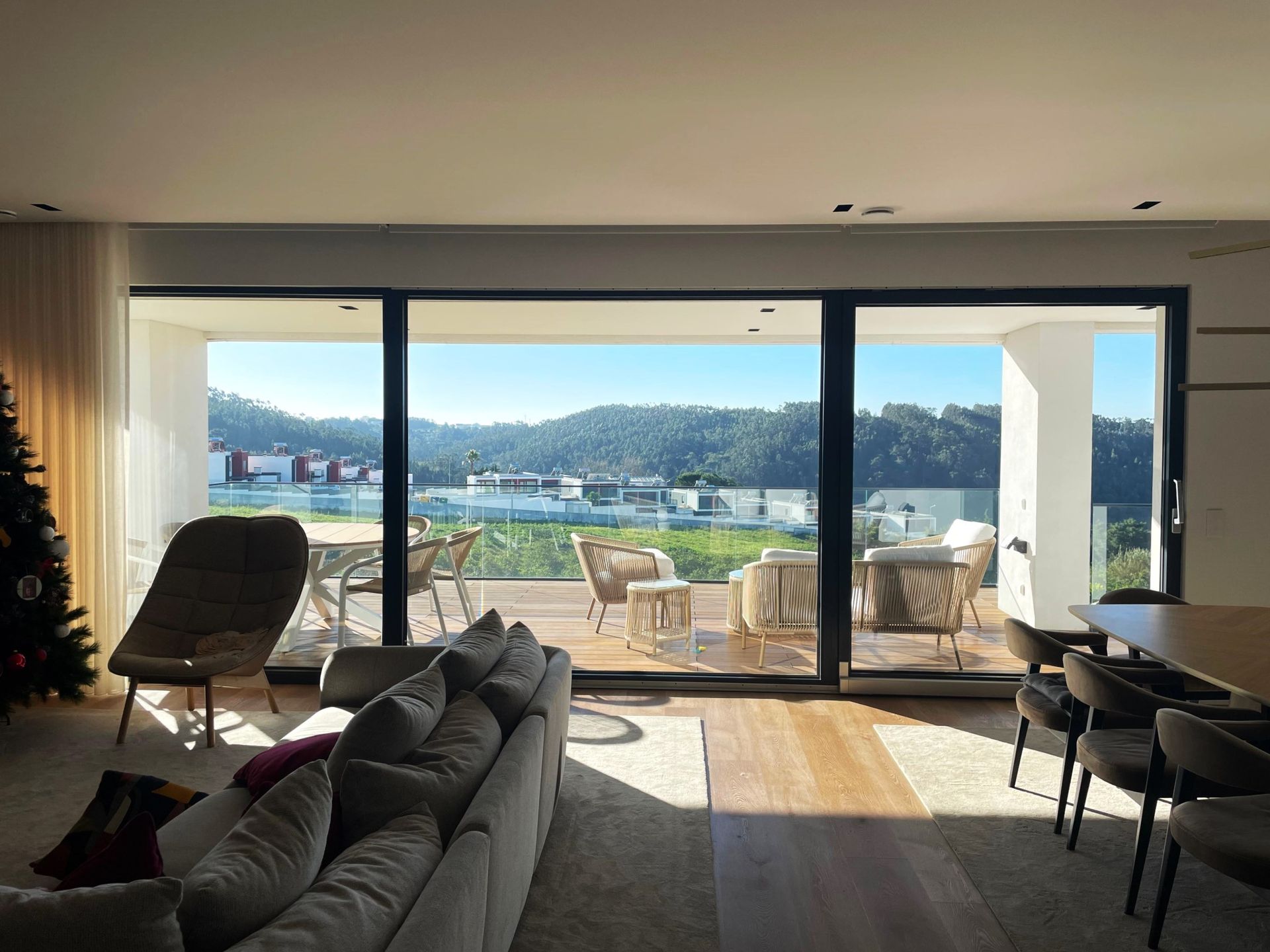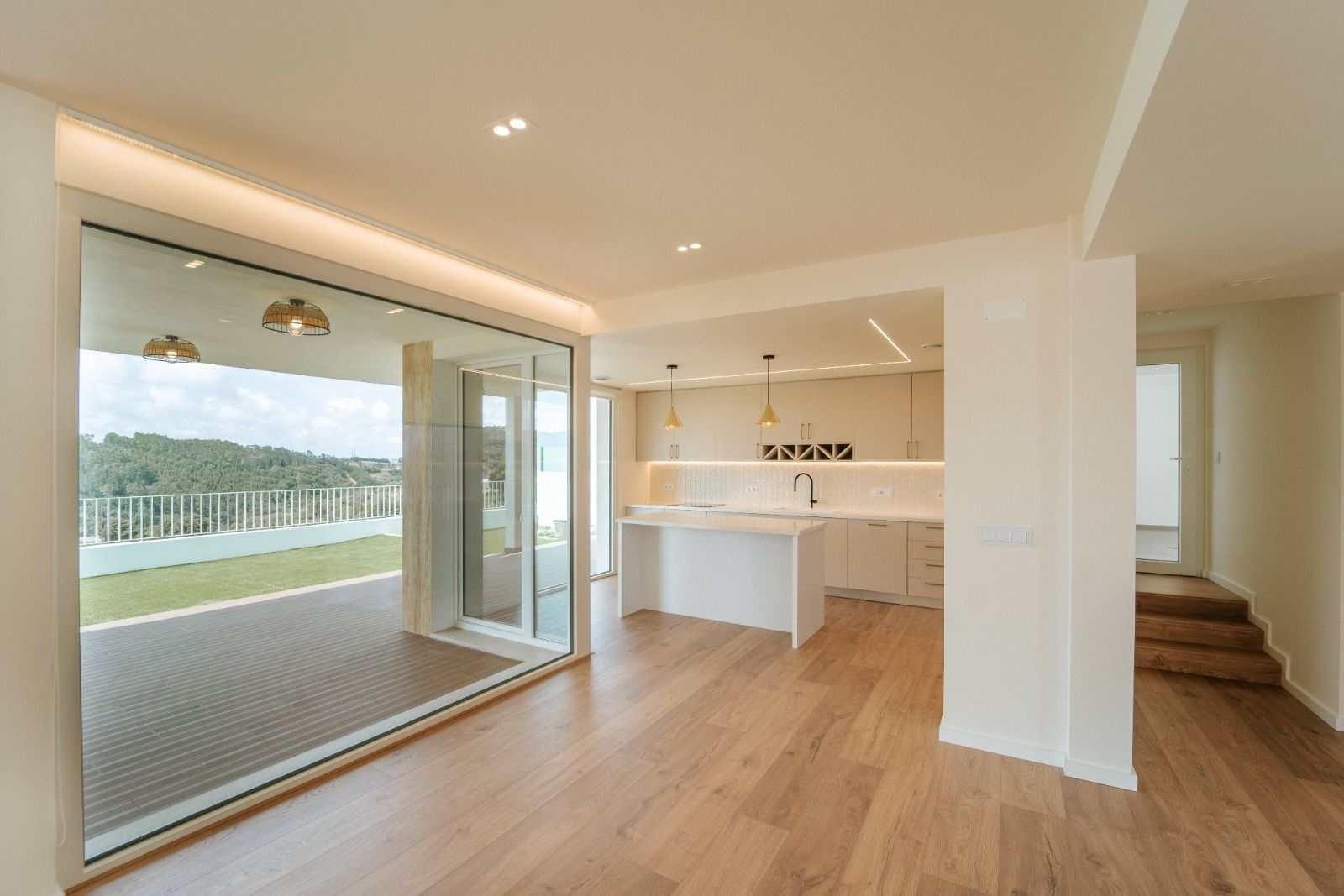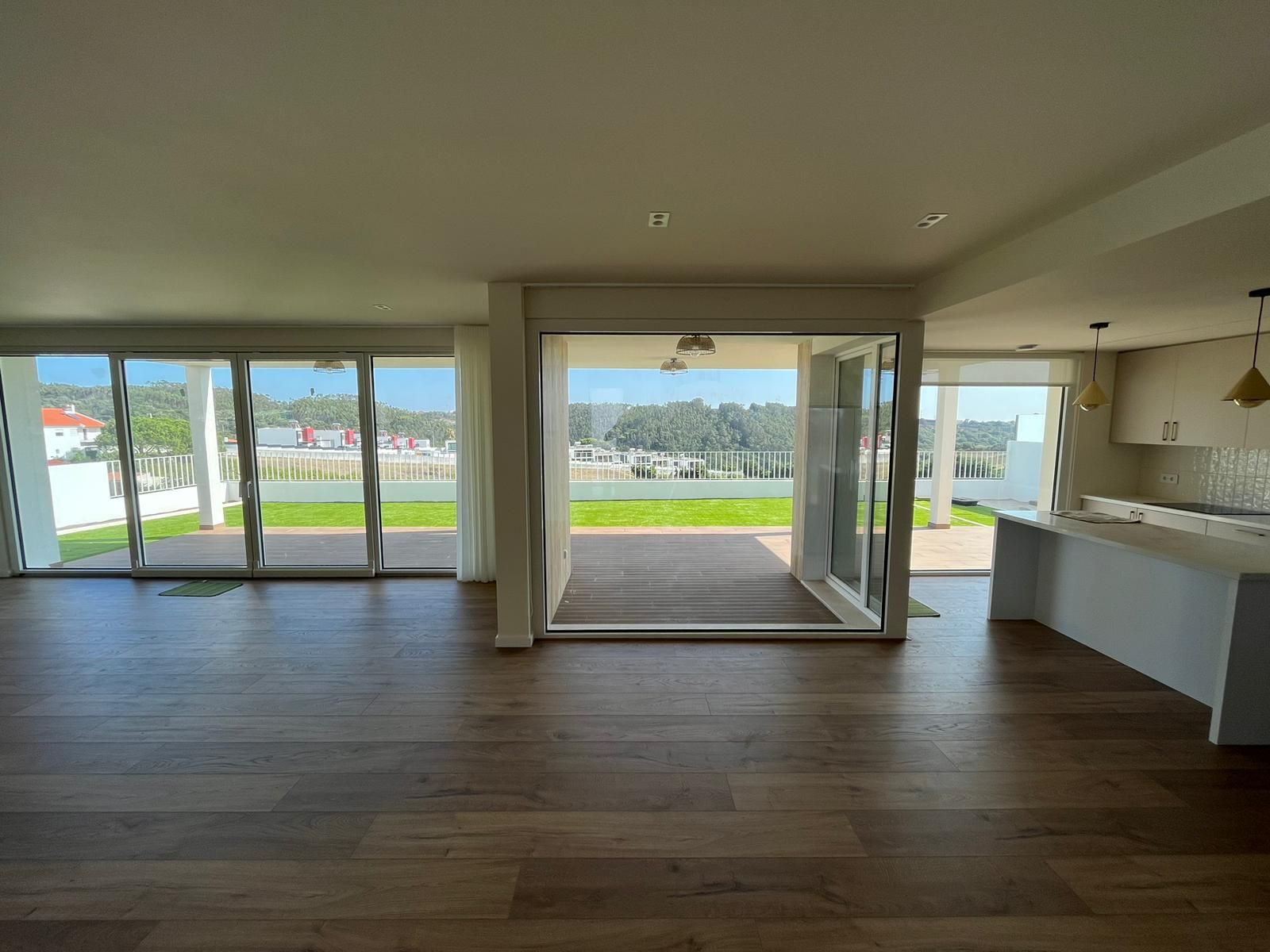Heat Gains
João Pedro Quaresma Pereira • April 19, 2025
Internal Heat Gains and Their Role in Passive House Performance

A human being at rest (basal metabolic rate) releases around 100 watts of energy in the form of heat — roughly equivalent to a small incandescent light bulb.
However, during intense physical activity, the power output can temporarily rise to 300–400 watts in an average person, and even higher in elite athletes (for example, professional cyclists can sustain 400–500 watts for extended periods).
In a Passive House, a single person alone can cover part of the total heating demand (depending on the size of the house — between 6% and 10% for a 100 m² home).
However, with two or three people, a few appliances, and solar gains through the windows, internal heat may be enough to avoid the need for any active heating during much of the winter.







